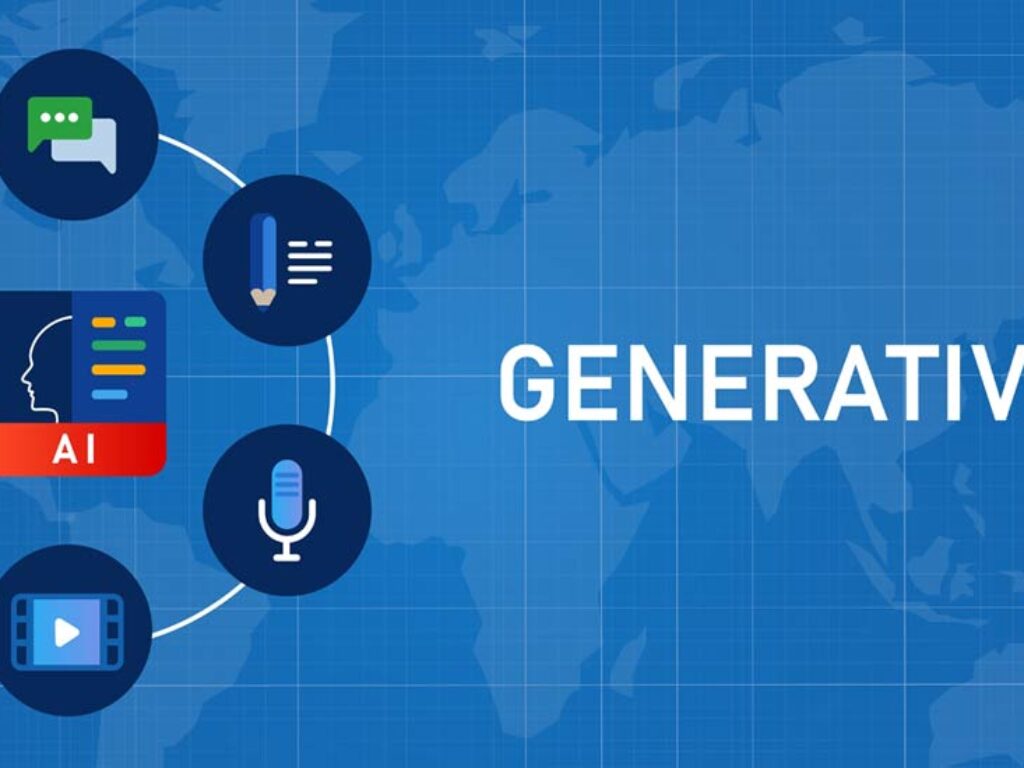In this contributed article, Jan Chorowski, CTO at AI-firm Pathway, highlights why LLM safety begins at the model build and input stage, rather than the output stage – and what this means in practice; how LLM models can be engineered with safety at the forefront, and the role that a structured LLM Ops model plays; and the role of data chosen to train models, and how businesses can appropriately select the right data to feed into LLMs
Bringing DAG and IGA Together for Improved Security and Compliance
In this contributed article, Ronald Zierikzee, senior solutions consultant for Benelux, Omada, examines crucial tools that work in tandem to ensure that remote workers, employees and contractors are able to access the information they need – and only that information – in a secure and successful manner. Identity governance and administration (IGA) helps manage user identities and access across an enterprise, helping improve visibility into access privileges and helping to implement the necessary controls to prevent inappropriate or risky access. Data access governance (DAG) is the process of managing and controlling access to an organization’s data resources.
How Can AI-Powered Predictive Maintenance Boost Business Efficiency
In this contributed article, April Miller, senior IT and cybersecurity writer for ReHack Magazine, shows that when AI steps into predictive maintenance, it supercharges this capability. It offers more profound insights, accurate predictions and the ability to act swiftly. This blend of technology enhances operational efficiency and paves the way for a deeper exploration into how such innovations can transform the business landscape.
Evolution of AI in Software Development: Shifting from Co-pilot to an Autopilot
In this contributed article, Janne Saarela, a Strategy Analyst at JFrog, highlights parallels between autonomous driving and software development, showcasing a shared evolution towards reduced human involvement through automation.
How Solving the Big Data Problem Can Fix B2B Ecommerce
In this contributed article, Jonathan Taylor, CTO of Zoovu, highlights how many B2B executives believe ecommerce is broken in their organizations due to data quality issues. To address these challenges, leaders should focus on three strategies: prioritize data hygiene, leverage zero-party data for personalized customer experiences, and apply AI cautiously to ensure the delivery of accurate and trustworthy product recommendations.
Counteracting Financial Crimes with Generative Models
In this contributed article, editorial consultant Jelani Harper discusses generative models, synthetic data, and combating financial crimes. Generative models are gradually reshaping the nature of financial crimes. They can help and hinder both investigators and the fraudsters perpetuating criminal activity.
Cloud Migration Alone Won’t Solve Data Quality. Here’s Why CDOs Need a More Holistic Approach
In this contributed article, Emmet Townsend, VP of Engineering at Inrupt, discusses how cloud migration is just one step to achieving comprehensive data quality programs, not the entire strategy.
When Algorithms Wander: The Impact of AI Model Drift on Customer Experience
In this contributed article, Christoph Bӧrner, Senior Director of Digital at Cyara, discusses the risks and dangers of AI model drift on CX and how organizations can navigate the balance between leveraging AI advancements and maintaining exceptional CX standards.
Video Highlights: The Best AI Startup Opportunities — with Venture Capitalist Rudina Seseri
In this video presentation, our good friend Jon Krohn, Co-Founder and Chief Data Scientist at the machine learning company Nebula, sits down with Rudina Seseri from Glasswing Ventures to answer the question: “What has Glasswing Ventures done for the company beyond capital investment?” Rudina describes how her company uses data to assess venture capital investments, the secret sauce of successful AI startups, and why she feels generative AI is only the start of a much broader impact that AI will make in communities and businesses.
The Synergy of AI and Cloud Transformation in the Payment Sector: Advancing Security, Scalability, and Innovation
In this contributed article, technical leader Kamala Manju Kesavan discusses how AI and cloud computing research in the payment industry sheds light on a prosperous arena of inventions and transformation. In the near future, the payment sector will probably welcome advanced technologies such as blockchain, biometric authentication, and AI-powered solutions, which will lead to transactions that will be more secure, rapid, and user-friendly.













